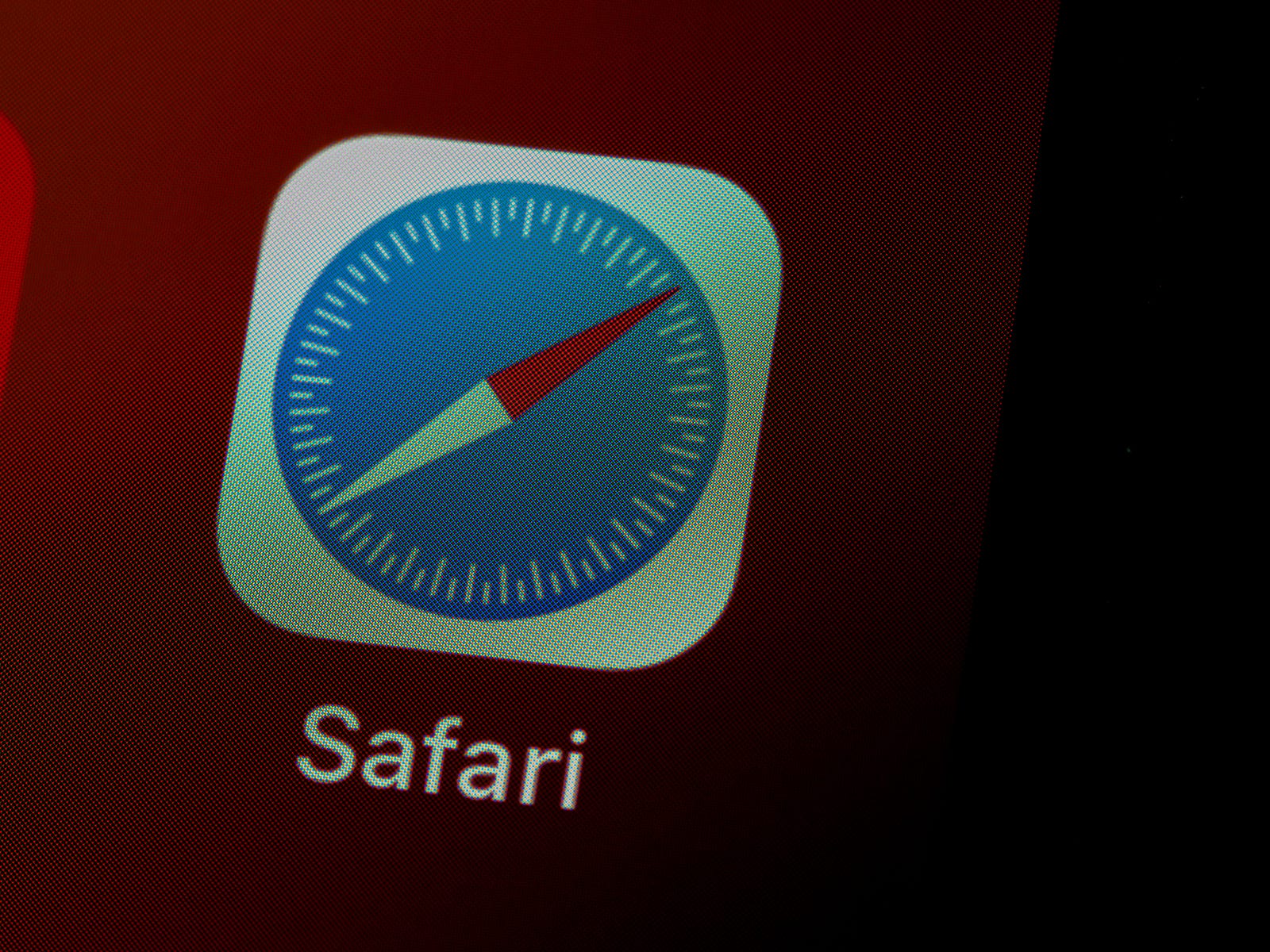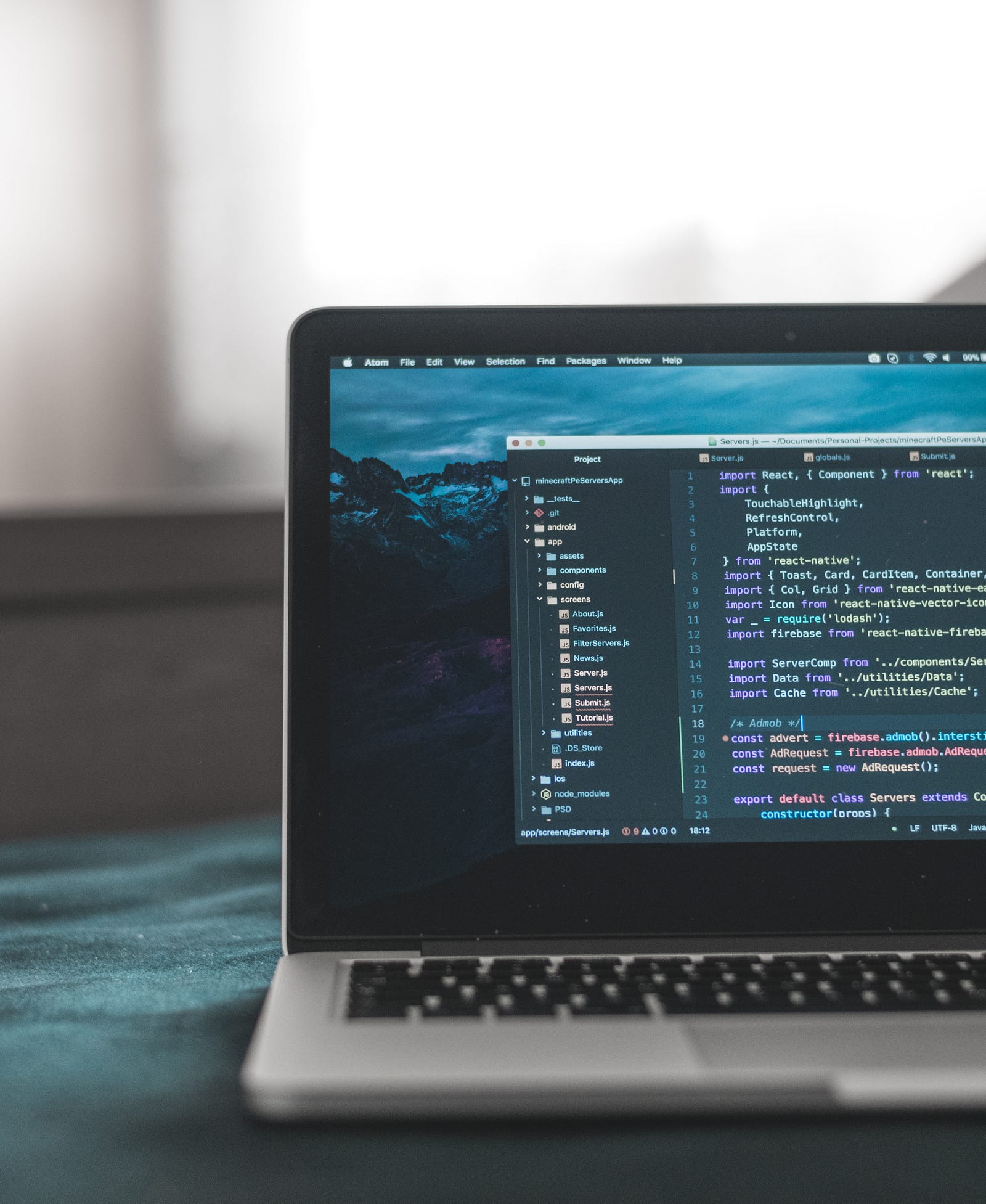Mastering MVC Controllers: A Comprehensive Guide
Coding (Software architecture)
Discover the essential role of controllers in building dynamic web applications

MVC, or Model-View-Controller, is a widely used architectural pattern for building web applications.
In MVC, the application is divided into three interconnected parts: the Model, which represents the data and business logic, the View, which is responsible for rendering the user interface, and the Controller, which acts as an intermediary between the Model and View.
In this blog post, we will focus on the role of the Controller in MVC.
Let’s start with the requests!

To understand the role of a controller in a system that uses the MVC pattern it is fundament to know how requests are made.
HTTP (Hypertext Transfer Protocol) is the primary protocol used for communication on the web.
It is the foundation of data communication for the World Wide Web.
HTTP requests are the means by which a client, such as a web browser, communicates with a server to request resources, such as HTML pages, images, and other web content.
An HTTP request is a message sent by a client to a server, requesting a specific action to be performed.
The request typically includes a method, which defines the type of action the client is requesting, a URL (Uniform Resource Locator), which specifies the resource being requested, and optional headers, which provide additional information about the request.
There are several types of HTTP requests, including:
GET:
This is the most common type of request, used to retrieve resources such as HTML pages, images, and other content.
POST:
This is used to submit data to be processed by the server, such as form data.
PUT:
This is used to update an existing resource on the server.
DELETE:
This is used to delete a resource from the server.
HEAD:
This is similar to a GET request, but only retrieves the headers of the response, not the content.
When a client sends an HTTP request to a server, the server will respond with an HTTP response, which includes a status code that indicates the success or failure of the request, as well as any data or information requested by the client.
For more information about HTTP requests, you can check how to make them using Guzzle.
The controller
The Controller is responsible for handling user input, processing requests, and updating the Model and View accordingly.
The main function of the Controller is to bridge the gap between the user and the application's logic, ensuring that user requests are translated into appropriate actions within the application.
The Controller receives requests from the user, typically in the form of HTTP requests that we have seen above, and then performs the necessary operations to fulfill the request.
These operations can include retrieving data from the Model, updating the Model with new data, or rendering a View to display the results of the operation.
One of the main benefits of the Controller is its ability to handle multiple requests simultaneously.
Since the Controller is stateless, it can receive and process requests from multiple users without any interference or conflicts.
The Controller also helps to maintain the separation of concerns within the application.
By separating the logic for handling user input from the logic for rendering the user interface, the MVC pattern enables developers to work on different aspects of the application independently.
This, in turn, makes it easier to maintain and update the application over time.
Do you want to know how to make your own PHP framework?
Clean code

Clean code emphasizes the importance of writing code that is easy to read, understand, and maintain.
When it comes to controllers in MVC architecture, the principles of clean code can be applied to ensure that controllers are well-organized and easy to work with.
Some key aspects of clean code in the context of MVC controllers include:
Single Responsibility:
In the context of MVC architecture, controllers should have a single responsibility, which is to receive user input and invoke the appropriate business logic.
They should not be responsible for performing database queries, rendering views, or other tasks.
This helps ensure that controllers are focused on their core responsibility, which makes them easier to understand and maintain.
Single Responsibility is also one of the principles of the SOLID paradigm.
Minimal Logic:
Controllers should contain minimal business logic, focusing instead on coordinating between models and views.
They should avoid complex conditional statements or other logic that makes the code hard to follow.
By keeping controllers simple and focused, developers can make them easier to test and modify as needed.
Standard Naming Conventions:
Controllers should follow standard naming conventions that make it clear what they are responsible for.
For example, a controller that manages users might be named UserController.
This helps ensure that controllers are named in a consistent and meaningful way, which makes it easier to understand the codebase as a whole.
Modularization:
Controllers should be modular, meaning that they should be divided into smaller, more manageable units.
This makes it easier to understand and maintain the code over time.
By breaking controllers down into smaller, more focused modules, developers can make the codebase more manageable and easier to work with.
Dependency Injection:
Controllers should use dependency injection to ensure that they are loosely coupled with other components in the system.
This makes it easier to test and modify the code as needed.
By using dependency injection, controllers can be designed to be more modular, more reusable, and more testable.
dependency injection can be used in methods inside a class, you can also use them inside PHP magic methods.
Overall, the clean code view on controllers emphasizes the importance of keeping controllers simple, focused, and well-organized.
By following these principles, developers can create controllers that are easier to understand, easier to maintain, and more robust over time.
What are the most popular frameworks using MVC and controllers?
There are many PHP frameworks available that use the MVC pattern, and the best one for you will depend on your specific needs and preferences.
However, here are some of the most popular and widely used PHP frameworks that use the MVC pattern:
Laravel:
Laravel is currently one of the most popular PHP frameworks, known for its elegant syntax, comprehensive documentation, and vast ecosystem of packages and tools.
It uses the MVC pattern and provides a powerful and intuitive command-line interface called Artisan, which makes it easy to perform common tasks such as database migrations and testing.
Symfony:
Symfony is another popular PHP framework that uses the MVC pattern.
It provides a set of reusable components that can be used independently or together to build complex web applications.
Symfony is known for its flexibility and scalability, and it has a large and active community of developers.
CodeIgniter:
CodeIgniter is a lightweight PHP framework that uses the MVC pattern.
It is known for its simplicity, speed, and ease of use, making it a great choice for small to medium-sized projects.
CodeIgniter is also highly customizable, with a modular structure that allows developers to add or remove features as needed.
CakePHP:
CakePHP is a mature and stable PHP framework that uses the MVC pattern.
It provides a robust set of tools and features, including scaffolding, database migrations, and built-in security features.
CakePHP is also highly extensible, with a plugin architecture that makes it easy to add functionality to your application.
Yii:
Yii is a high-performance PHP framework that uses the MVC pattern.
It provides a set of powerful tools and features, including a code generator, database abstraction layer, and built-in caching.
Yii is also highly customizable, with a modular structure that allows developers to add or remove features as needed.
These are just a few of the many PHP frameworks available that use the MVC pattern.
Each framework has its own strengths and weaknesses, so it's important to carefully evaluate your options and choose the one that best meets your needs.
Conclusion
To sum up, the Controller plays a critical role in the MVC pattern, providing the link between the user, the Model, and the View.
Its primary function is to process user requests and update the application's data and user interface accordingly.
By separating concerns and enabling multiple requests to be processed simultaneously, the Controller helps to make MVC-based applications more flexible, scalable, and maintainable.
If this post was useful to you subscribe to the newsletter and be the first to be notified when a new article comes out!

